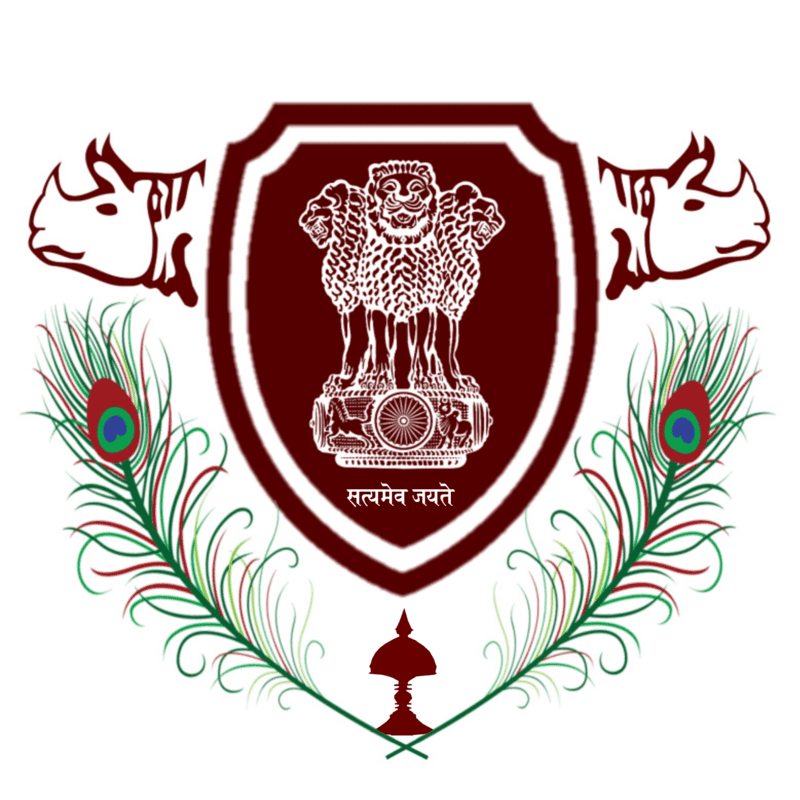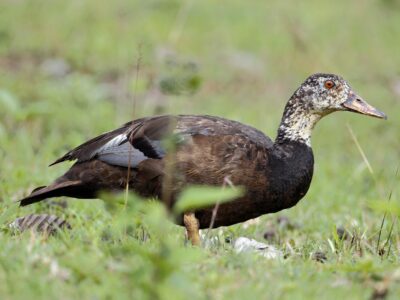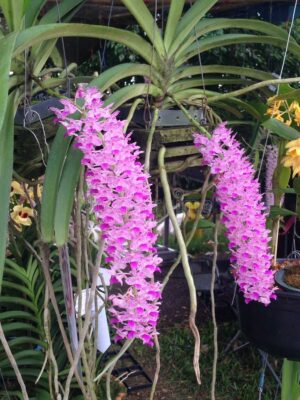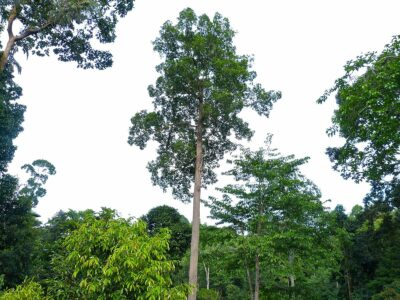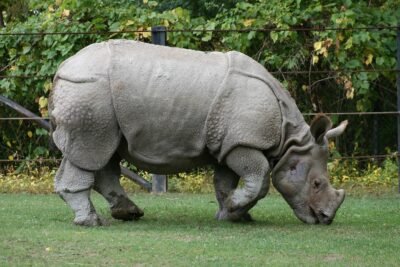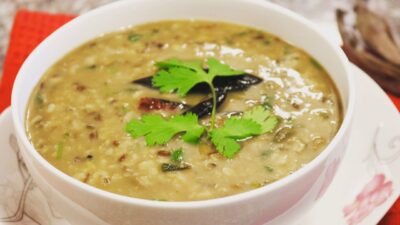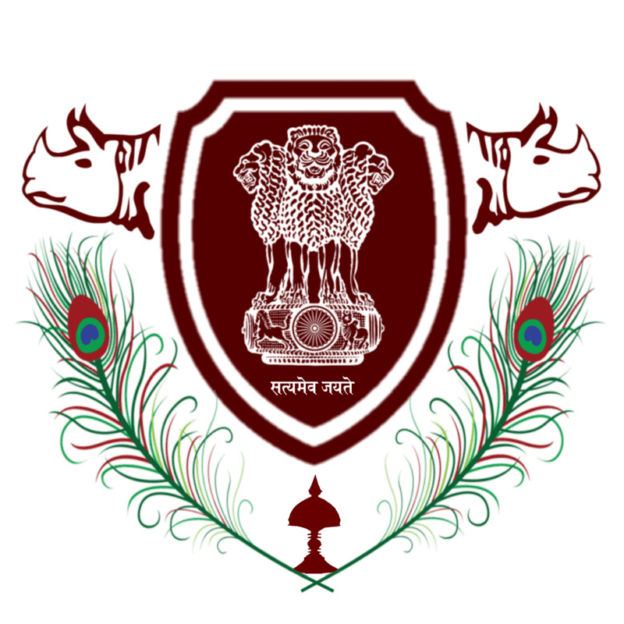State Symbols of Assam
Last updated on January 21st, 2023 by Editorial Staff
By | Updated on January 21, 2023
Reviewed by Rittika
Assam is a north-eastern Indian state situated in the south of the eastern Himalayas, through the Brahmaputra and Barak River valleys. The state is bounded on the north by Bhutan and Arunachal Pradesh, on the east by Nagaland and Manipur, on the south by Meghalaya, Tripura, Mizoram, and Bangladesh, and on the west by West Bengal via the Siliguri Passageway, a 22-kilometer (14-mile) broad stretch of land which connects the state to the rest of India. Dispur, a sub-urban locality in Guwahati is declared the capital of Assam. Dispur was declared as the capital after the resolution of the dispute between Shillong-Assam was solved declaring Shillong the capital of the state of Meghalaya.
Urban cities in Assam include Guwahati, Silchar, and Dibrugarh. Guwahati is one of the world’s 100 fastest-growing cities. It is also known as the “Gateway to the North-East of India.” Silchar (in the Barak valley) is the second most populated city in Assam and an important commercial center. Dibrugarh, a center for the oil and natural gas industries, is another significant city.
Assamese and Bodo are Assam’s official languages, whereas Bengali is the official language of the Barak Valley. The state was Asia’s first oil drilling location. Assam is famous for its Assam tea and Assam silk.
Profile of demographics
Assam currently has a land area of 78,438 square kilometers with a population density of 397 persons per square kilometer. According to Unique Identification India statistics, which were updated on May 31, 2020, the population of Assam is expected to be 36.3 million in 2022. (3.63 Crores). According to the census, literacy in Assam was 63.3% in 2001, with male literacy at 71.3% and female literacy at 54.6%. In 2011, the state’s literacy rate increased to 73.18%. Male literacy was 78.81%, while female literacy was 67.27%.
Climatic conditions
Assam is geographically noteworthy since it encompasses three of India’s six physiographic divisions: the Northern Himalayas (Eastern Hills), the Northern Plains (Brahmaputra Plain), and the Deccan Plateau (Karbi Anglong). Since the Brahmaputra runs through Assam, the weather is chilly and rainy for most of the months. The Brahmaputra is also considered the lifeline of Assam. Assam has a moderate climate with a tropical monsoon climate and receives considerable rainfall and high humidity. The climate is characterized by severe monsoon downpours, which reduce summer temperatures and cause foggy and misty nights and mornings in winter, which are common in the afternoons. Spring (March–April) and autumn (September–October) are often pleasant, with moderate rainfall and temperatures. Agriculture in Assam is mostly dependent on monsoon rainfall from the southwest. Flooding from the Brahmaputra and other rivers, such as the Barak River, floods Assam every year.
Wildlife and natural vegetation
Assam is home to some of the world’s most diverse ecosystems, including tropical rainforests, deciduous forests, riverine grasslands, bamboo orchards, and several wetland habitats, many of which are now protected as national parks and reserved forests. The Eastern Himalayan Biodiversity Region includes Assam, which is one of the country’s two biodiversities “Hot Spots.” Assam’s climatic conditions and vast range of physical features have resulted in a diverse range of natural habitats, including forests, grasslands, and wetlands, which shelter and nourish a diverse range of floral and faunal species. Assam features wildlife sanctuaries, the most notable of which are two UNESCO World Heritage sites, the Kaziranga National Park on the Brahmaputra River’s bank and the Manas Wildlife Sanctuary near the Bhutan border. With around 820 species, the state boasts the most diversity of birds in India. The White-winged wood duck has the title of being the state bird of Assam. Assam has a plethora of orchid species, with the Foxtail orchid serving as the state flower. The recently constructed Kaziranga National Orchid and Biodiversity Park is home to around 500 of India’s approximately 1,314 orchid species. The one-horned Indian Rhinoceros which is the state animal of Assam is being conserved as it is near extinction.
Economy
A large portion of land is used for Agriculture practices. Alluvial soils, piedmont soils, hill soils, and lateritic soils are the four primary categories of soils found in Assam.
Agriculture is the state’s main source of revenue. Assam’s socioeconomic situation is heavily dependent on agricultural productivity. As a result, the Assam Department of Agriculture has chosen to implement a number of development initiatives in order to boost crop production.
In Assam’s economy, agriculture is the most important source of revenue. The state of Assam receives a lot of rain and has fertile soil that is ideal for cultivation. As a result, food crops and staples have grown rapidly in Assam agriculture. Rice is also the state’s principal food crop. Assam agriculture is now concentrating on the horticultural sector. Assam agriculture’s horticultural crops, such as coconut, citrus, banana, black pepper, and papaya, have been prioritized, and a variety of planting materials have been ordered to boost productivity. Sugarcane is said to be one of the most important cash crops in the area.
Cultural Life (Arts, Music, and Cuisines)
Assamese culture is a combination of Austric, Dravidian, Tibeto-Burman, and Tai cultures. Bihu is perhaps the most significant and widely celebrated festival in Assam. It is the Assamese new year, which takes place in April on the Gregorian calendar.
Ankia Naat (Onkeeya Naat), a classic Vaishnav dance-drama (Bhaona) is one of the performing arts. It employs enormous masks of gods, goddesses, devils, and animals, and in between performances, a Sutradhar (Xutrodhar) narrates the tale. Other dance forms such as Kushan nritra of Rajbongshis, Bagurumba and Bordoicikhla dance of Bodos, Mishing Bihu, Banjar Kekan performed during Chomangkan by Karbis, and Jhumair of Tea-garden community are some of the major folk dances. Indigenous folk music has inspired the development of a modern idiom, which can be heard in the music of performers such as Jyoti Prasad Agarwala, Bishnuprasad Rabha, Parvati Prasad Baruwa, and others. Bishnu Prasad Rabha has been awarded by the state government of Assam for achievements in the cultural/music world.
Assam has a strong craft legacy, with significant traditions including cane and bamboo craft, bell metal and brass craft, silk and cotton weaving, toy and mask making, ceramic and terracotta work, wood craft, jewelry making, and musical instrument manufacture.
A typical Assamese dinner includes bhat (rice) with dayl/ daly (lentils), masor jool (fish stew), meat stew, and stir-fried greens or herbs and vegetables. The two primary features of an Assamese traditional dinner are khar (an Alkali called after its principal component) and tenga (Preparations with a characteristically rich and tangy flavor).
Tourism
Wildlife reserves such as the Kaziranga National Park, Manas National Park, Pobitora Wildlife Sanctuary, Nameri National Park, Dibru-Saikhowa National Park, and others are used for tourism. It has an extended and eminent traditional past dating back to the Ahom Dynasty, which ruled the province for centuries before the British arrived.
State Information
| Official Language | Assamese |
| State Rank | 16 |
| Demonym(s) | Assamese |
| Nickname | The tea garden of India |
| ISO | IN-AS |
| Formation Date | 26 January 1950 |
| Coordinates | Lat: 26.2006° N, Long: 92.9376° E |
| Area |
State seal
Motto of Assam
Joi Aai Oxom-"Hail mother Assam"
State symbols of Assam 👇
-
State emblem
-
State birdWhite-winged duck
-
State flowerFoxtail orchid
-
State treeHollong
-
State danceSattriya
-
State animalIndian Rhinoceros
-
State dishKhaar
